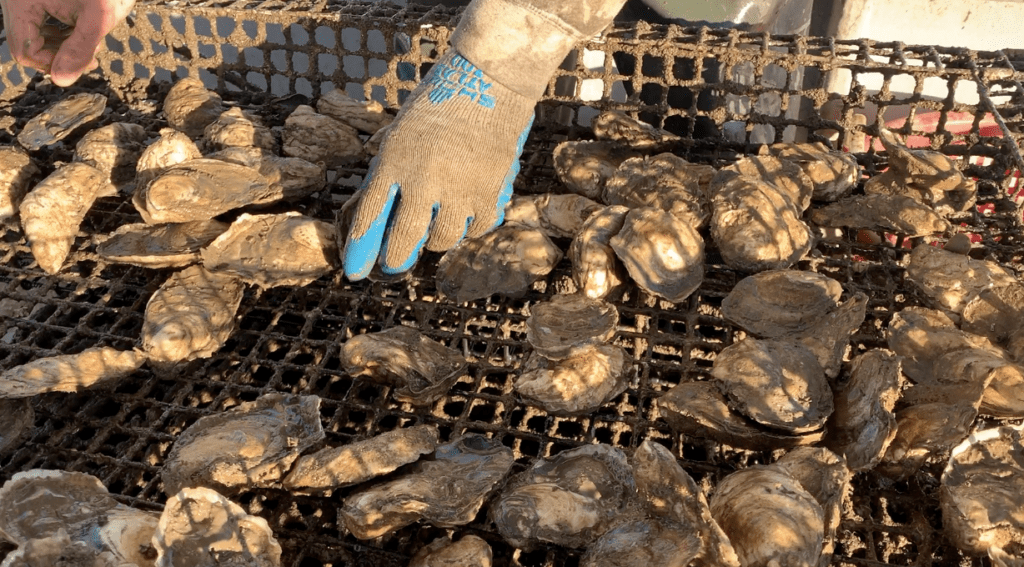Taking Care of the Maryland Seafood Tradition

By Meg Walburn Viviano
We take our seafood seriously around here—as anyone who has been around Chesapeake country for long can attest. Crabs, oysters, rockfish… we love to eat ‘em all. And generations of Marylanders have made their living catching them, too.
There’s a sense of pride in seeing “Chesapeake Bay” in front of a dish on the menu: Chesapeake Bay rockfish imperial or Chesapeake Bay crab cakes. We’re fiercely loyal to the local catch, and nine times out of 10 I will always choose the Chincoteagues over the Blue Points when ordering oysters.
Then, of course, there are steamed crabs.
My husband, who grew up as one of five children in the Midwest and sees food mostly as fuel, is still perplexed by the appeal of picking crabs for a couple of hours, only to produce a small-ish pile of crabmeat lumps. Once, while eating lobster in Maine, he exclaimed to me, “Look how much more meat you get in so much less time!”
Like any good Maryland native, I defend the practice of crab picking with the argument that it’s not meant to be fast or particularly efficient. It’s an experience—a social event that encourages conversation and enjoyment of our local waters.
With that love of local seafood comes strong concern for those who harvest it, those who study it, and the beloved fish and shellfish themselves. In this issue of Bay Weekly, we look at all three of these groups with great care.
Oyster season is officially underway, and the oyster farmers who produce this festive fall meal need our help. COVID-19 cut their sales to almost zero and the rebuild is still ongoing. We went along to harvest oysters and find out how they’re weathering the hit seven months later (https://chesapeakebaymagazine.com/video-oyster-industry-gets-boost-after-covid-19-blow/).
In an area of growing worry, Maryland’s official state fish continues to suffer worse and worse spawning seasons. The 2020 juvenile rockfish survey results are in and it’s not looking good for Maryland’s most important commercial and recreational fish species. We dig into the details and ask what can be done about the problem.
In our cover story, we celebrate 50 years of the Calvert Marine Museum, a primary source for the study of the Bay’s marine creatures past and present—from 18 million-year-old fossils to today’s estuarine life.
Yes, we take pride in our seafood: its history, its abundance, its harvesters, and its delicious tradition. Eat up!
